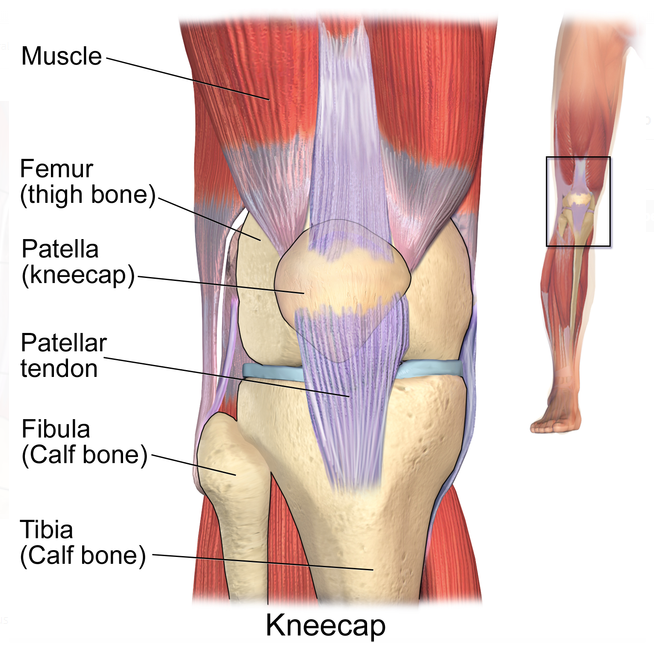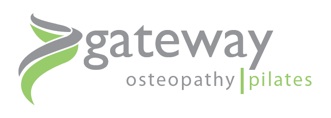
Patellofemoral Pain Syndrome
Patellofemoral Pain Syndrome
Author: Dr Jessica Bowman (Osteopath)
We asked Dr Jessica Bowman if she could tell us a little about a common knee complaint, here’s what she had to say.
What is patellofemoral pain syndrome?
Patellofemoral pain syndrome is one of the most common causes of pain behind or around the kneecap. It is usually the result of abnormal tracking of the kneecap through the femoral groove as the knee flexes and extends, making it rub against the femur. This can cause joint irritation and, eventually, degeneration of the underside of the patella.
What causes it?
A number of factors can cause aberrant tracking of the patella. Usually, there exists a tightness of the Vastus Lateralis, which pulls your patella outwards, in combination with a weakness of the hip stabilisers and the Vastus Medialis, which usually pulls your patella up and inwards. This results in the kneecap being pulled to the outside of the knee.
Common reasons for a weak Vastus Medialis include overuse, injury, or disuse.
What are the symptoms?
People with patellofemoral pain syndrome tend to experience pain around or behind the kneecap. This is especially apparent with activities requiring the extremes of knee flexion, such as kneeling, squatting, running, or ascending/descending stairs.
What can my osteopath do to help?
The aims of treatment for patellofemoral pain syndrome treatment are to ease pain and inflammation, maximise circulation for fast healing time, and to correct the causative underlying strain. With these in mind, your osteopath will:
- Restore biomechanical balance to the lower extremity, pelvis and lumbar spine.
- Tape the knee to support patellofemoral realignment.
- Diagnose any weak musculature present and prescribe a range of stretching and strengthening exercises to be performed by the patient at home.
- Provide advice on appropriate pain management, such as the use of a simple pain killer and avoidance of exacerbating activity.
From my experience approximately 90% of patients with patellafemoral pain will be pain-free within 6 weeks of beginning treatment.
What kind of self-management strengthening and stretching exercises can I expect?
Your osteopath will tailor a stretching and strengthening program to your individual needs, however some frequently prescribed exercises include:
1. Foam roller knee extension: 3x sets of 15 repetitions each side
- Sit on the floor with your back supported against a wall.
- Place a foam roller (or rolled up towel) underneath the lower thigh/knee.
- Turn the toe out approx. 30⁰.
- Squeeze the front of the thigh- focussing on the VMO- to lift the heel off the floor and push the back of the knee into the towel.
- Return to the start position and repeat.
- Repeat on opposite side.


2. Swiss Ball Squeeze: 3x sets of 15 repetitions each side
- Position feet shoulder width apart, with the swiss ball behind one knee such that it creates a slight bend in it.
- Contract your Transversus Abdominus (suck belly button in towards spine) and stand tall.
- Gently extend the knee into the ball, focussing on squeezing the VMO.
- Return to the start position and repeat.
- Repeat on opposite side.

3. Toe- out lunge: 3x sets of 12 repetitions each side
- Position one foot at a comfortable distance in front of the other. Each foot should be in front of the corresponding hip.
- Turn the toes of the front foot 10⁰ away from the midline of the body.
- Contract your Transversus Abdominus (suck belly button in towards spine) and stand tall.
- Maintaining approx. 80% of the weight on the front foot, bend the front hip and knee into a lunge. Hold on to something for support if required.
- Return to the start position and repeat.
- Repeat on opposite side.


4. Clams: 3x sets of 20 repetitions each side
- Lie on your side and bend your knees in front of you so that your thighs are perpendicular to your hips and shoulders, which should be in a straight line.
- Rest your head on your bottom arm. Place your top arm on the floor in front of your chest for stability.
- Raise the top knee towards the ceiling, allowing your hip to rotate in its socket. Keep the heels together, and only open the knees as far as you can go without allowing the pelvis to tilt forward or backward.
- Slowly and with control, bring your knee back to the start position and repeat.


5. Theraband Squat: 3x sets of 12 repetitions
- Step through the theraband loop and wrap it around or just above the knees.
- Contract your Transversus Abdominus (suck belly button in towards spine) and stand tall.
- Simultaneously bend at the hips and knees- being careful not to slump through the thoracic spine- and squat as if sitting into a chair. The head should remain facing straight forward, and the knees should track over, but no further than, the toes.
- The movement should end as the angle at the knee reaches 90⁰. Rise and repeat.
- Stand with the feet shoulder width apart, such that all slack is taken out of the band.


6. Hamstring Stretch: Hold 30secs-1min each side
- Standing up, place one heel on a raised surface with the knee slightly bent.
- Contract your Transversus Abdominus (suck belly button in towards spine) and stand tall.
- Lean forward from the hips- without slumping forward through the thoracic spine- until a slight stretch is felt in the middle of the hamstring muscle belly (if you feel it behind the knee, you’ve bent too far forward).
- Accentuate the stretch by gently straightening the knee.
- Rise and repeat on the opposite side.


** Please note whilst this article includes some general information, patellofemoral pain can be quite complex. A thorough diagnosis is always necessary before determining the exercises that are the best course of action. If you have knee pain and are seeking information, the best thing to do is book with one of our Osteopaths for a more tailored treatment and exercise regime.

Recent Comments